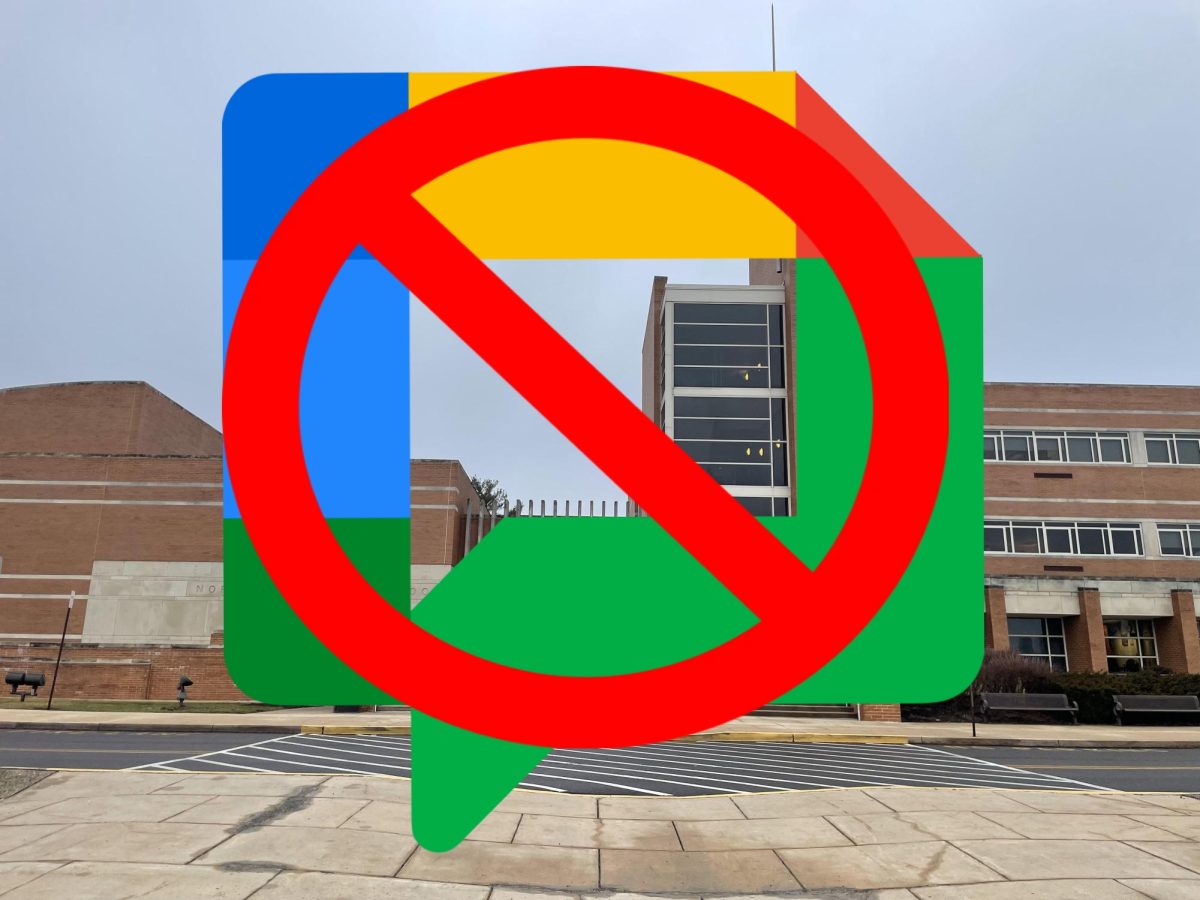As of November 1st, 2024, North Penn School District made the decision to disable Google Chats for students.
In an informational email released October 30th, it was explained by North Penn administration that “this change is being implemented to ensure a safe and focused learning environment for all students” and that “disabling it will help to reduce distractions and promote academic success.”
Mr. Kyle Hassler, North Penn High School principal, explained that it served as a distraction in classrooms and was not necessary in the educational setting.
“A lot of times students might say things that they normally wouldn’t say in person online. I think removing this distraction will help keep students engaged and help them do better in class,” Hassler said.
While the misuse of Google Chats isn’t necessarily a new issue, the need for it’s removal was called to attention following the recent implementation of the new cell phone policy, resulting in higher usage of Google Chats, especially among North Penn middle school students.
“This year, in the middle schools, with them enforcing the cell phone policy, a lot of students could no longer text, so the misuse of Google Chat started to rise. It was put forward and it was agreed that there is no educational value to it that couldn’t be replaced by something else, so they put it forward to shut it down.
Though Google Chat was mainly prominent in middle schools, its removal is district-wide.
“You can’t shut it down for middle school and not high school. We didn’t see anything that students couldn’t do through another platform so they agreed to take it away,” Hassler shared.
Online bullying was a common misuse of Google Chats that made it a problem within the district. Hassler also shared that Google Chats was difficult for the district to monitor, contributing to the reasons for its removal. While it is an option to go back and see chat history, the removal of Google Chats will help to prevent incidents from happening in the first place, as they were not being actively monitored.
“If there was an incident, we could then go back and pull to see what was there. But at the same time, with the number of students in the buildings, no one was actively monitoring, so a lot of times if there was an issue we were seeing it after the fact. Proof would be there of something going on, but because we couldn’t actively prevent it that way,” Hassler said.
Hassler is optimistic that students’ focus will improve with the removal of distractions.
“I do think it’s a skill that if students learn at a younger age, when they get to college, and they get to the real world, I think they’ll be better with kind of distancing some of the distraction from being able to focus on what’s in front of them,” Hassler explained.
“For the most part, the students are making good choices. They’re communicating appropriately, and as long as they’re communicating appropriately and we’re not seeing bullying and things like that, however they choose to communicate is fine by us. I think just the fact that it was something that the district was providing and it was hard to monitor, some things we didn’t want to go unchecked. When we start to see it becoming more of an issue, it’s just better to remove it,” Hassler said.


